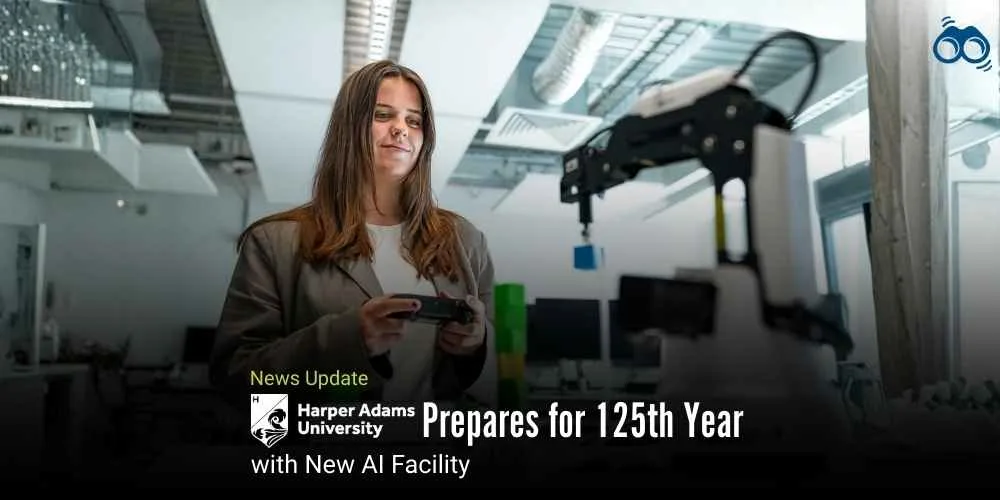Micro Power: MIT Engineers Create Tiny Batteries for Cell-Sized Robots
MIT’s Zinc-Air Batteries Power Miniature Robots, Help to Resolve Complex Health Problems
Science and engineering can drive innovations by creating minuscule objects to massive machinery to improve production and betterment of society. Engineers at MIT had developed a groundbreaking tiny battery that could improve a variety of technology. This small battery, measuring only 0.1 millimeters long and 0.002 millimeters thick (roughly the width of a human hair), is intended to power tiny, autonomous robots that could be used to deliver medication to the human body or detect problems in gas pipelines. Wondering how this tiny object will work, satisfying your curiosity as this battery operates by absorbing oxygen from the air and reacting it with zinc to generate a current of up to one volt this quantity of power is sufficient to power miniature circuits, sensors, and actuators.
Michael Strano, the Carbon P. Dubbs Professor of Chemical Engineering at MIT and senior author of the study, believed that this new battery could greatly advance robotics as they are working on integrating robotic functions with the battery and assembling these components into functional devices. The lead authors of the paper, published in Science Robotics, are Ge Zhang, who earned his PhD in 2022, and Sungyun Yang, an MIT graduate student. After years of research, Strano’s lab constructed tiny robots with the sense to react to their surroundings but the continuous supply of electricity to such small robots was a big challenge, employing solar power to these microscale devices needs a steady light supply which leaves the robots reliant on external control. This issue is overcome by incorporating a battery inside the robots, allowing them to work independently and explore further.
Strano explained that while "marionette" devices do not require batteries because they draw energy from an external source, full autonomy necessitates a different technique that's why they chose zinc-air batteries which have life-long and high energy density, used commonly in hearing aids suitable to provide extended power for autonomous robots. The researchers built a battery with a zinc electrode and a platinum electrode embedded in SU-8, a polymer extensively used in microelectronics. When these electrodes come into contact with oxygen in the air, the zinc oxidizes and releases electrons, causing a current to flow to the platinum electrode.
The study showed that this battery can power a variety of components, including a robotic arm that can move up and down. It also has enough power to run a memristor, which saves data by altering its electrical resistance, and a clock circuit, which allows robotic devices to keep track of time. The battery also powers two types of sensors one is thin molybdenum disulfide while the other is constructed of carbon nanotubes, both of these detect substances by altering their electrical resistance. Strano argued that these improvements are critical steps toward developing functioning components at the cellular level. Researchers utilized a wire to link their battery to other gadgets, later on, they intended to integrate the batteries directly into the robots. Strano described this technique as basic for their robotic innovations, much like how an electric car is built around its battery.
One significant effort is to develop tiny robots that may be put into the human body to target specific areas and deliver medications such as insulin. For these medicinal uses, the researchers intend to use biocompatible materials that will dissolve once the robots are no longer needed. The researchers are also working on increasing the battery's voltage to broaden its possible applications. This study was funded by the United States Army Research Office, the Department of Energy, the National Science Foundation, and a MathWorks Engineering Fellowship.
Editor’s Note:
An incredible innovation of MIT in the field of robotics and sensing is the development of micro-battery technology. These zinc-air batteries are not only tiny but also powerful enough to enable cell-sized robots to perform complex tasks and navigate environments with greater independence. As we look ahead, the potential applications for these batteries are vast, from medical robots capable of targeted drug delivery to environmental sensors monitoring hard-to-reach areas. The advancements made by MIT engineers underscore the rapid progress in miniaturized technology and its transformative impact on multiple fields.
Skoobuzz extends its congratulations to MIT for this remarkable achievement and hopes that it will lead to solutions for complex medical and engineering challenges, ultimately benefiting society.














0 Comments (Please Login To Continue)